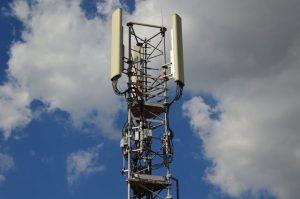
Starlink: Revolutionizing Global Connectivity with Satellite Internet
Starlink is a satellite constellation developed by SpaceX, a private aerospace manufacturer and space transport services company founded by Elon Musk. The project aims to provide high-speed, low-latency internet connectivity worldwide, especially in areas where traditional internet infrastructure is limited or non-existent. With its advanced technology and ambitious goals, Starlink is poised to revolutionize the way we access and use the internet.
The concept of Starlink was first announced in 2015, and since then, SpaceX has been actively working on developing and launching the satellite constellation. The company has already launched hundreds of satellites into orbit and plans to deploy thousands more in the coming years. Each satellite is equipped with advanced technology, including Hall effect thrusters, star trackers, and high-gain antennas, allowing them to communicate with each other and with ground stations.
One of the key features of Starlink is its ability to provide high-speed internet connectivity with latency as low as 20 ms. This is made possible by the use of advanced compression algorithms, data caching, and optimized routing protocols. The satellites also use a unique frequency band, known as the Ku and Ka bands, which allows for higher data transfer rates and greater resistance to interference. With Starlink, users can expect to enjoy fast and reliable internet connectivity, even in the most remote and underserved areas.
In addition to its technical features, Starlink also has the potential to bridge the digital divide and provide internet access to billions of people around the world. According to the International Telecommunication Union, approximately 3.8 billion people, or about 50% of the global population, still lack access to the internet. Starlink can help address this issue by providing a cost-effective and efficient way to deploy internet infrastructure, especially in areas where traditional methods are not feasible. By expanding internet access to more people, Starlink can help promote economic growth, improve education, and enhance healthcare outcomes.
Despite its many benefits, Starlink also faces several challenges and concerns. One of the main issues is the potential for space debris and the impact on the environment. With thousands of satellites in orbit, there is a risk of collisions and the creation of hazardous debris. SpaceX has addressed this concern by designing its satellites to be able to de-orbit and burn up in the atmosphere at the end of their life cycle. Another concern is the potential for interference with other satellite systems and the impact on astronomy. To mitigate this, SpaceX has been working with regulatory agencies and the scientific community to develop guidelines and protocols for the responsible use of satellite technology.


